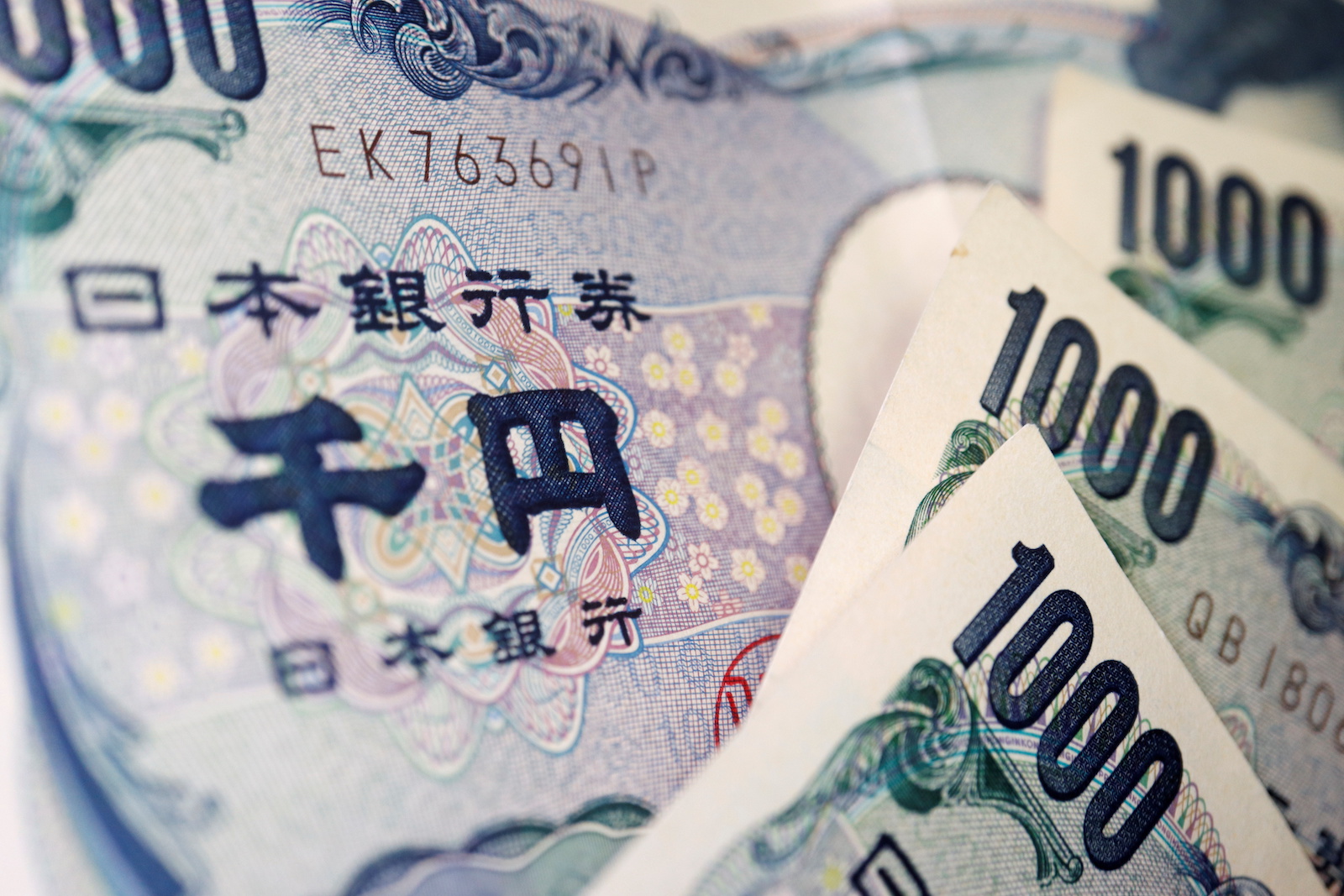Forex
Yen rising after reports of a likely currency intervention by the BoJ

The yen rose on Wednesday, retreating from a 24-year low, following media reports that the Bank of Japan had conducted an interest rate check in preparation for a currency intervention.
Japanese Finance Minister Shunichi Suzuki said Wednesday that the government is considering measures to deal with the collapse of the nation’s currency, which has suffered from a sharp rise in the dollar.
Suzuki told reporters that the yen’s recent decline has been “precipitous and one-sided,” adding that a currency intervention with yen purchases could be one of the government’s measures if such dynamics continue.
The Japanese yen rose 0.67% to 143.58 yen per dollar, rebounding from the previous day’s losses and rebounding from a week ago’s low of 144.99, the weakest since August 1998.
“I believe this is likely to lead to a temporary rise in yen value in dollars… but in my view, unless such measures are coordinated with other global central banks or accompanied by a change in regulatory policy, the effect will not be long-lasting,” said Udit Sikand of Gavekal Research.
The DXY was little changed near 109,841, after rising sharply on Tuesday as unexpectedly accelerating inflation revived expectations of an extremely aggressive Federal Reserve policy.
Money markets have fully priced in a Fed rate hike next week of at least 75 basis points, and the odds of a full percentage point move (100 basis points) are now estimated at 32%, according to FedWatch. A day earlier, the odds of such a large Fed rate hike were estimated to be zero.
Today we are witnessing serious problems in the world economy. This is clearly evident in the stock market, and Facebook stock price history in particular. Technology giant Meta (formerly Facebook) reported its fourth consecutive quarter of falling profits this fall, causing the company to lose $67 billion in market value. Investors began “dumping” the company’s stock because of Meta CEO Mark Zuckerberg’s experimental bet on his Metaverse project, which caused the company’s total expenses to rise by a fifth in the third quarter. The company’s stock fell 20 percent after the close, resulting in a $67 billion loss in the company’s market value. This is the fourth consecutive quarterly earnings decline Meta has reported.
Earlier we reported that the euro is falling again after the ECB’s monetary policy decision.

 Forex3 years ago
Forex3 years agoForex Today: the dollar is gaining strength amid gloomy sentiment at the start of the Fed’s week

 Forex3 years ago
Forex3 years agoUnbiased review of Pocket Option broker

 Forex3 years ago
Forex3 years agoDollar to pound sterling exchange rate today: Pound plummeted to its lowest since 1985

 Forex3 years ago
Forex3 years agoHow is the Australian dollar doing today?

 Cryptocurrency3 years ago
Cryptocurrency3 years agoWhat happened in the crypto market – current events today

 World3 years ago
World3 years agoWhy are modern video games an art form?

 Commodities3 years ago
Commodities3 years agoCopper continues to fall in price on expectations of lower demand in China

 Economy3 years ago
Economy3 years agoCrude oil tankers double in price due to EU anti-Russian sanctions





















